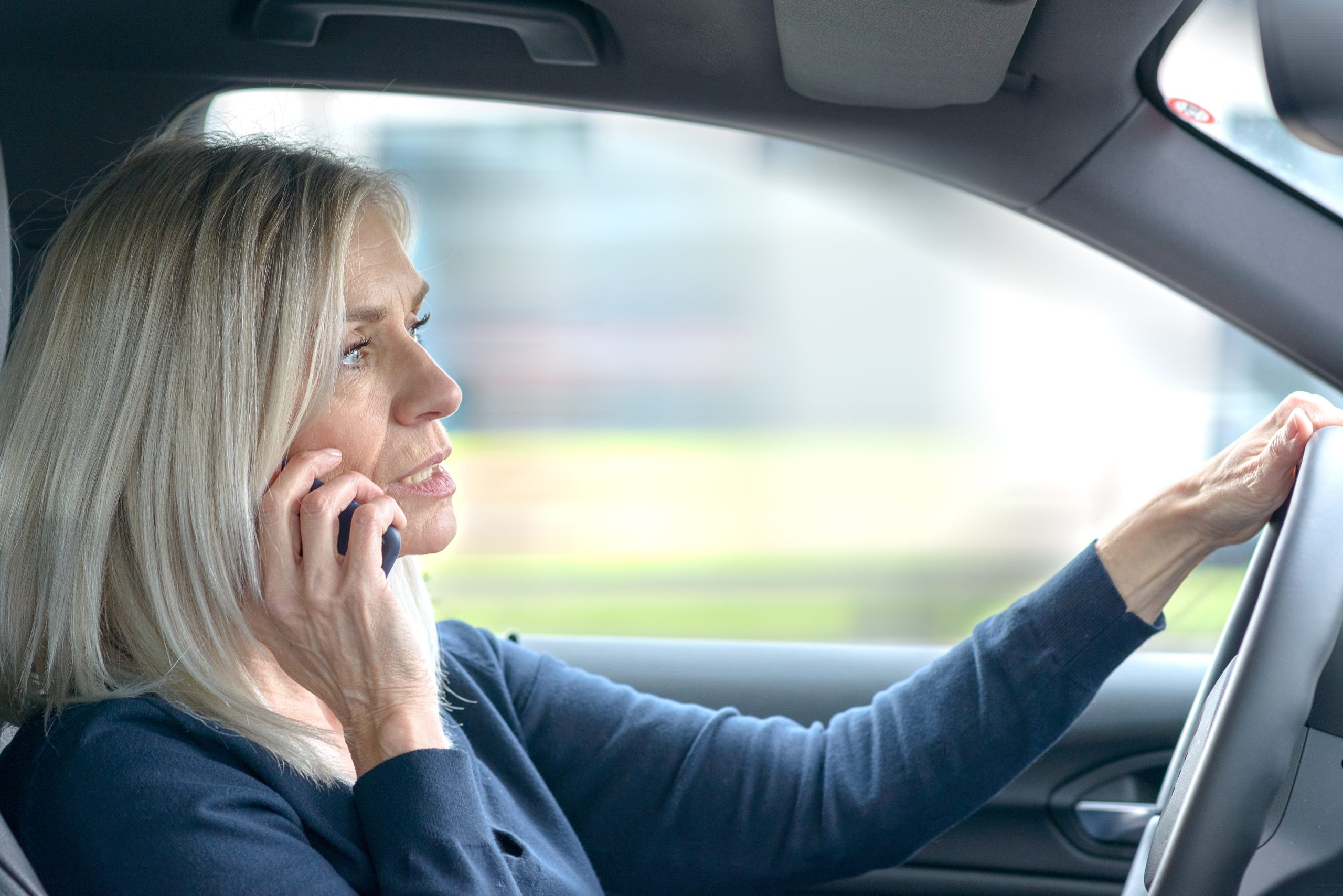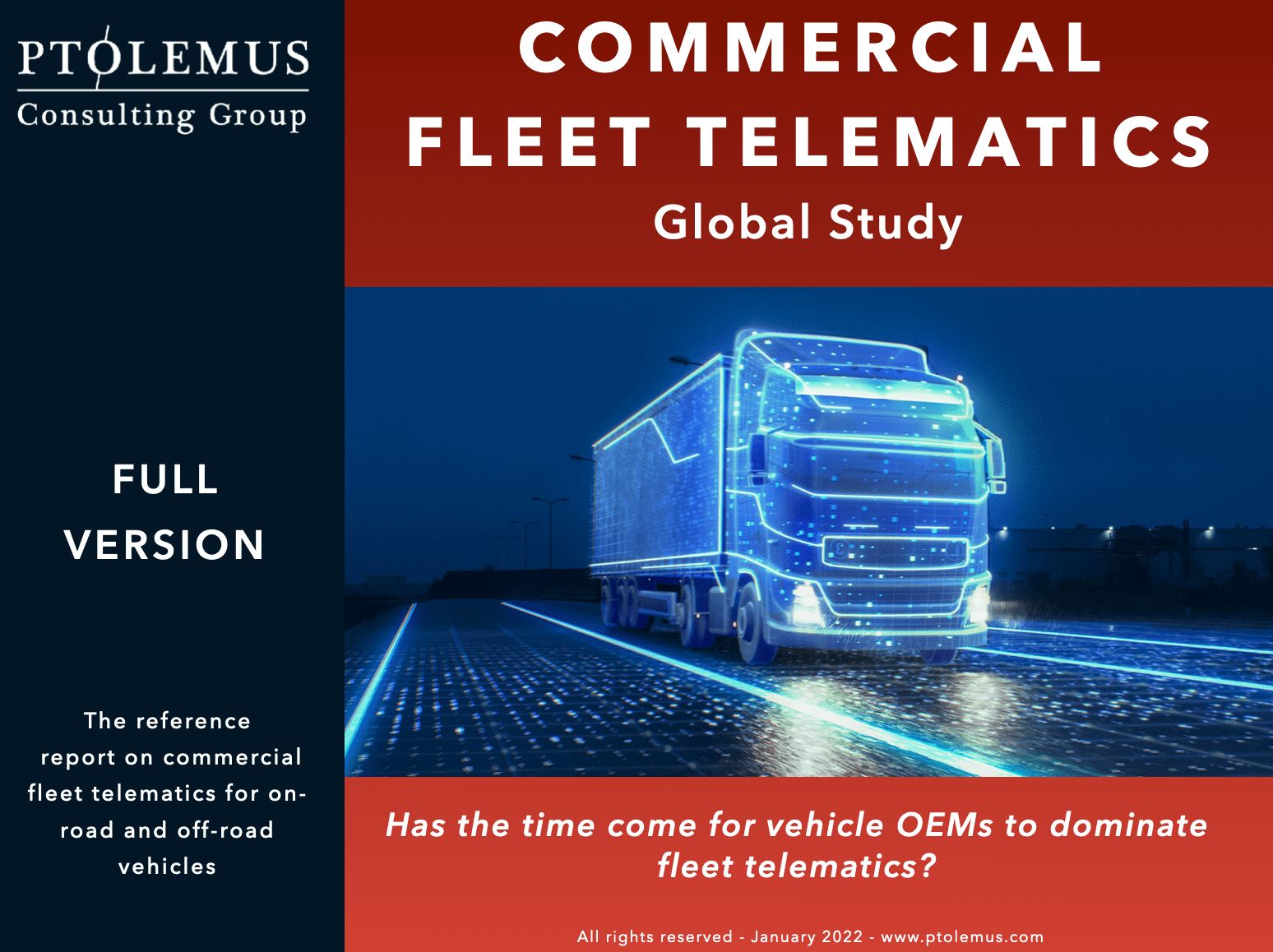Driving Risk Management: a $1.8 billion opportunity

In a previous blog post, we outlined why Driving Risk Management (DRM) is necessary. We analysed how crashes and fleet management costs have not been going down, and have in fact, been rising. We also covered why digital DRM is an attractive solution for this plight.
Here, we will expand on how fast corporate fleets will adopt the new service.
The vehicles that telematics cannot reach
As we established previously, on top of being static and expensive, traditional DRM solutions often do not (or not sufficiently and consistently) alter driving behaviour in real time and for the long haul.
The solutions that use real-time data to address driving safety such as telematics-based solutions from fleet management service (FMS) providers like Webfleet and Geotab also only collect driving behaviour data but stop short of creating any lasting change in driving behaviour.
For corporate car drivers, e.g. white collar workers, sales representatives, consultants, having a generic telematics hardware constantly monitoring their location and activity can feel too intrusive, when all they are doing is not too different from their daily non-work driving activities.
 On the other hand, for powered-two/three wheeler (P2/3W) riders, the option for telematics just does not even exist yet. Which is alarming because company cars and P2/3Ws comprise more than half of all corporate fleet vehicles.
On the other hand, for powered-two/three wheeler (P2/3W) riders, the option for telematics just does not even exist yet. Which is alarming because company cars and P2/3Ws comprise more than half of all corporate fleet vehicles.
Motorbike riders also have 30x the fatality rate of car drivers due to their vehicles being much smaller and less protected than anyone else on the road.

These reasons are why traditional digital DRM solutions such as driving e-learning lessons and Motor Vehicle Records (MVRs) are not expected to grow rapidly, as they have more or less found their place among fleet managers’ tools.
Smartphone-based DRM, the other hand, is expected to grow rapidly thanks to its capacity to actively coach, reward, and change driver behaviour but also reach all vehicles including company cars and P2/3Ws.
The rise of smartphone DRM
We estimate that smartphone-based DRM solutions are used today by around 1.7 million drivers. Key providers include Solera-owned eDriving, Brightmile – which was recently acquired by trading solution provider Smith System – Applied Driving and Element-owned CEI.
We expect global revenues from this market to grow very fast thanks to the easy-to-implement character of an app-based solution. A DRM app can be downloaded around the world, using conventional iOS and Android app stores. The absence of a specific hardware installation is a major advantage over other connected solutions.
This also reflects fleet managers’ growing awareness to the efficacy of these solutions, with smartphone-based DRM being capable of changing driving behaviour through real-time data, coaching, and rewards-based incentives, and also smartphone-based DRM’s cost-effectiveness and applicability for P2/3W fleets.

Fleet managers in Asia especially are turning towards smartphone-based systems, with their large fleets of cars and motorbikes. In 2023, of the 200 million fleet P2/3Ws in the world, 88% of them were in the Asia Pacific region. This is driven especially by countries in South East Asia, where most workers ride P2/3Ws to circumvent traffic jams and constrained roadways.
Beyond cars and P2/3Ws, smartphone-based DRM is also very suitable for light commercial vehicles (LCVs) and heavy-goods vehicles (HGVs).
 For example, Geotab is already connecting to eDriving’s Mentor programme, complimenting Geotab’s telematics data with eDriving Mentor’s coaching, gamification, and rewards infrastructure and system. Eurowag also offers driver behavior coaching, giving truck drivers feedback on how they can drive more safely and economically to minimise fuel consumption and crashes.
For example, Geotab is already connecting to eDriving’s Mentor programme, complimenting Geotab’s telematics data with eDriving Mentor’s coaching, gamification, and rewards infrastructure and system. Eurowag also offers driver behavior coaching, giving truck drivers feedback on how they can drive more safely and economically to minimise fuel consumption and crashes.
Overall, we estimate that by 2030, over 26 million drivers around the world will benefit from a form of smartphone-based driving risk management solution, forming a market size of $1.8 billion.
While hardware-based solutions have remained the lion’s share of fleet telematics volumes, DRM is by essence a driver-based service, for which a smartphone delivery model is more efficient.
With this level of magnitude and growth rate, DRM is an opportunity that TSPs, fleet safety solution providers, and fleet insurers cannot miss.
To obtain PTOLEMUS’ detailed analysis and forecasts on the DRM market, please contact Frederic Bruneteau, who has completed more than 80 consulting assignments related to fleet management. He recently supervised the research for the Commercial Fleet Telematics Global Study.

